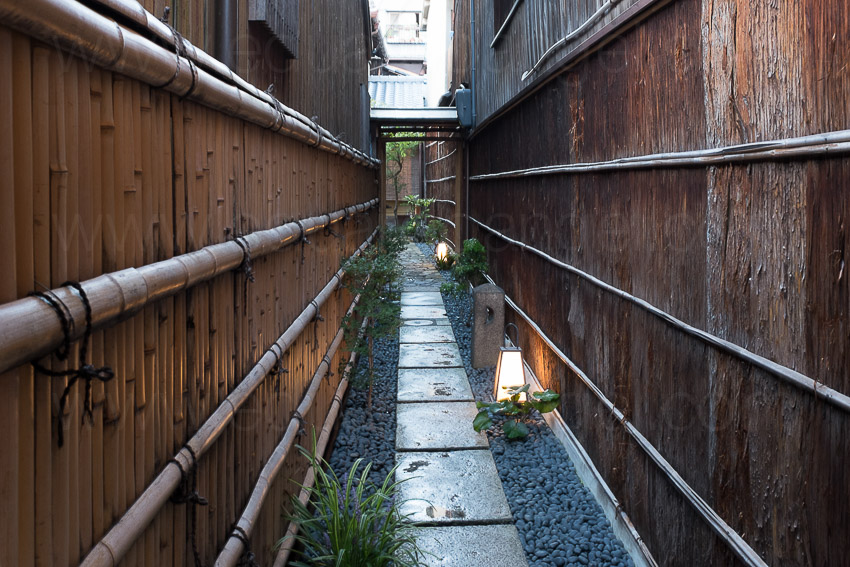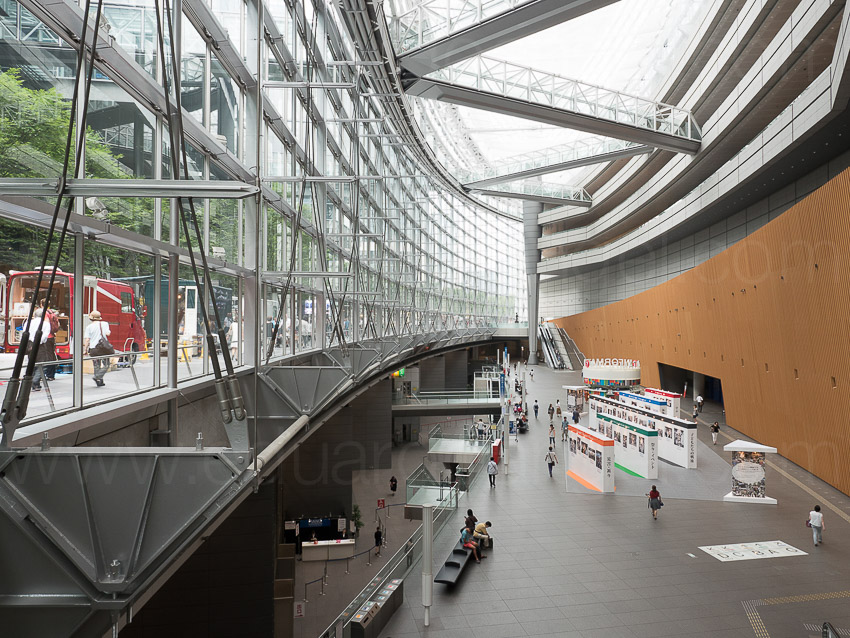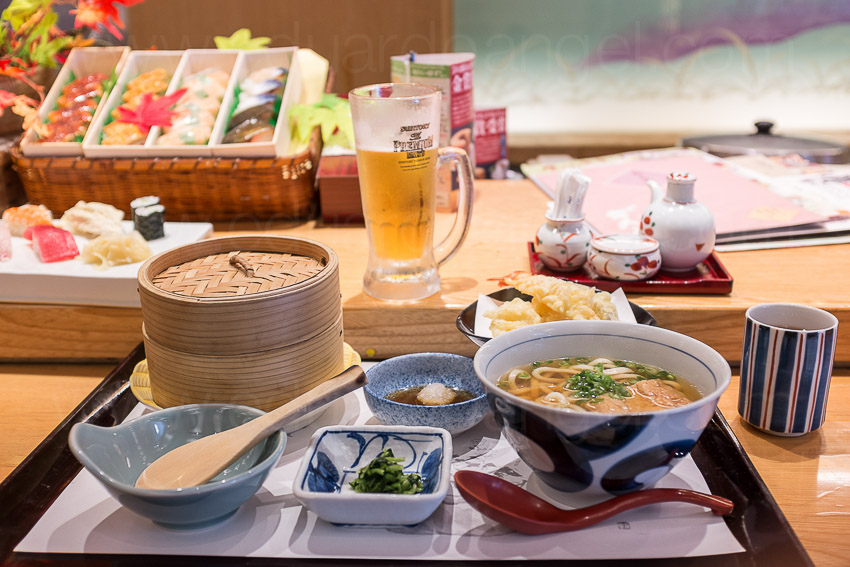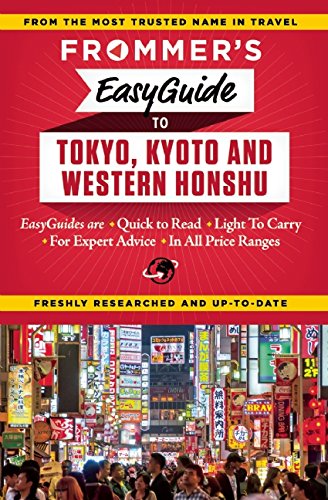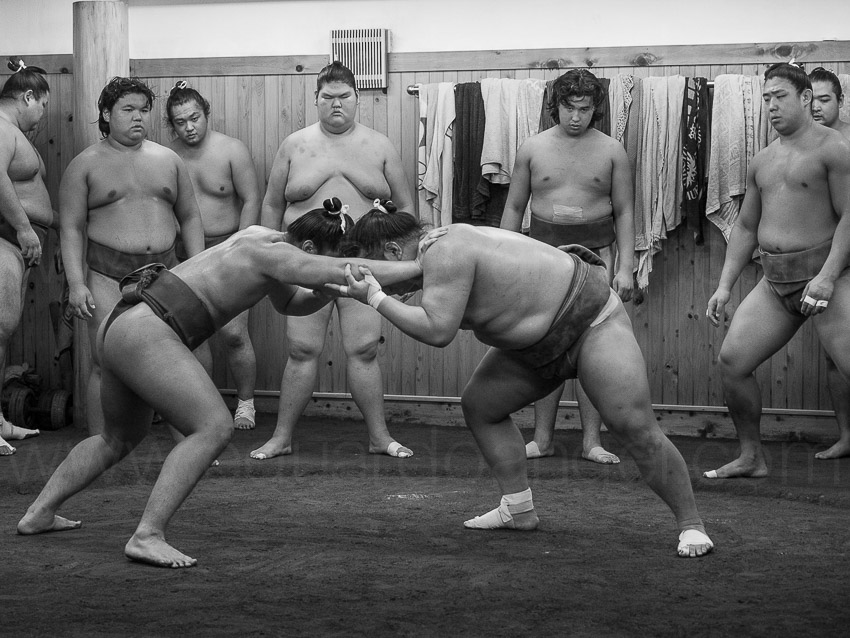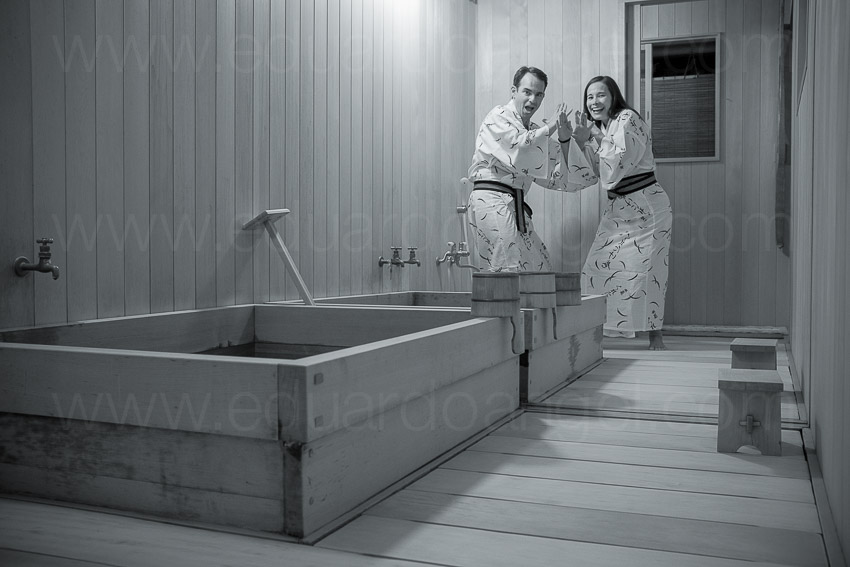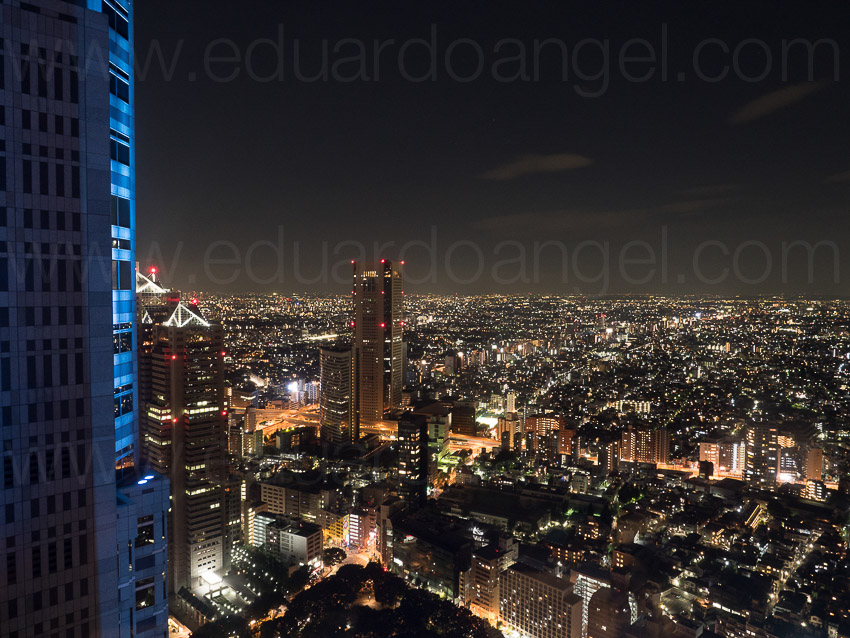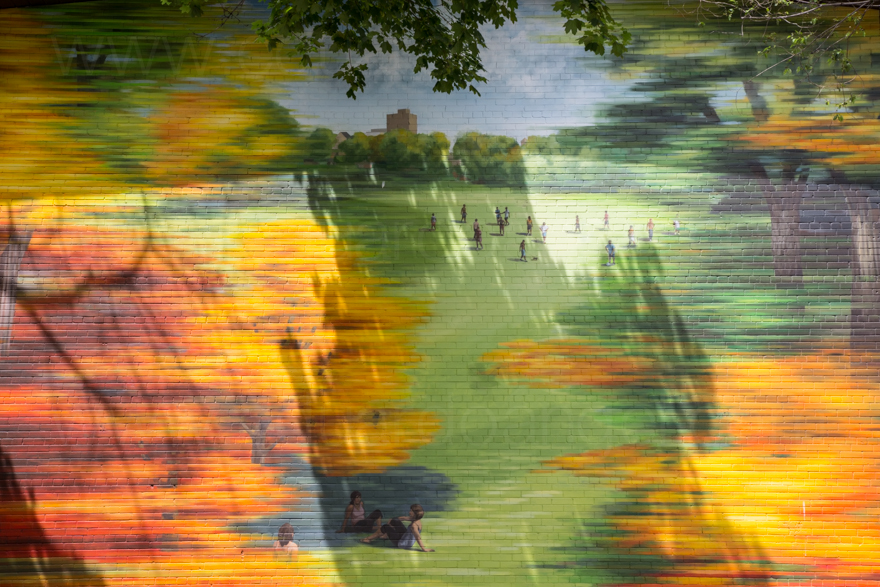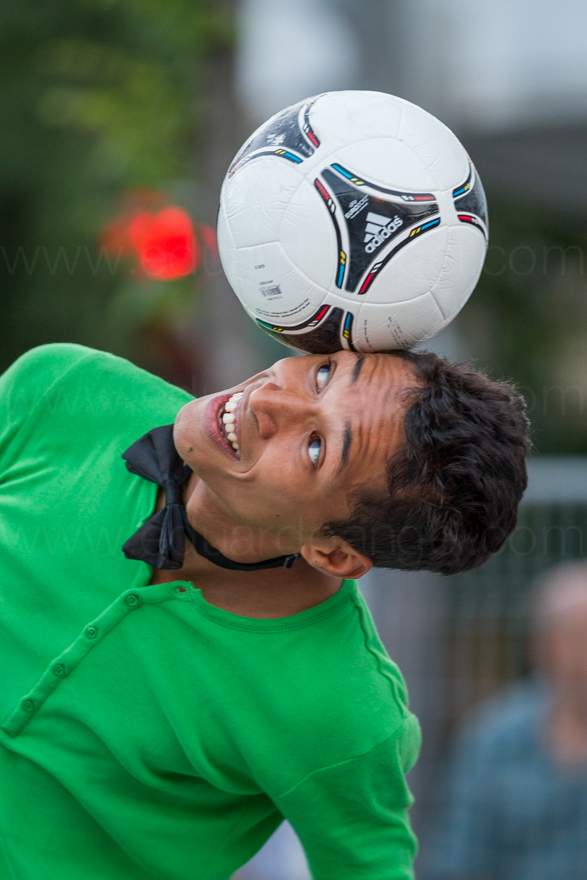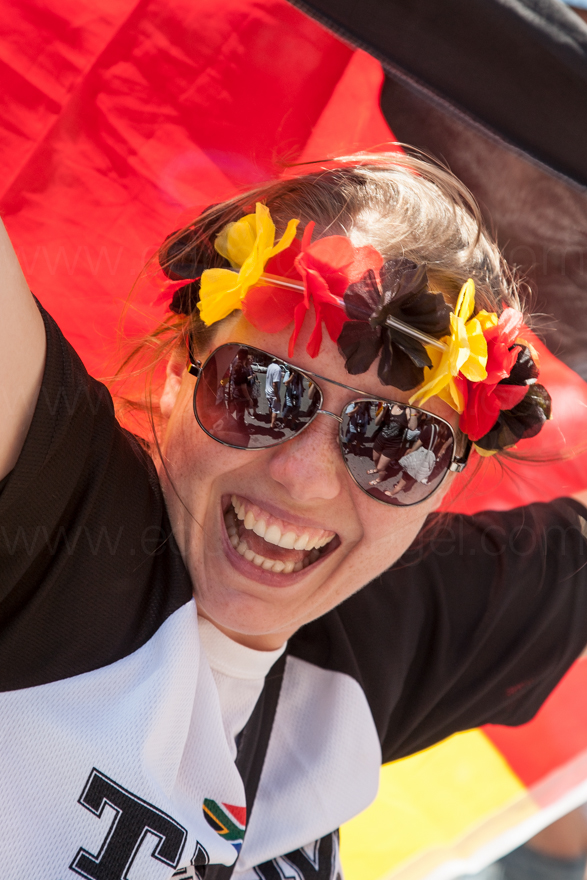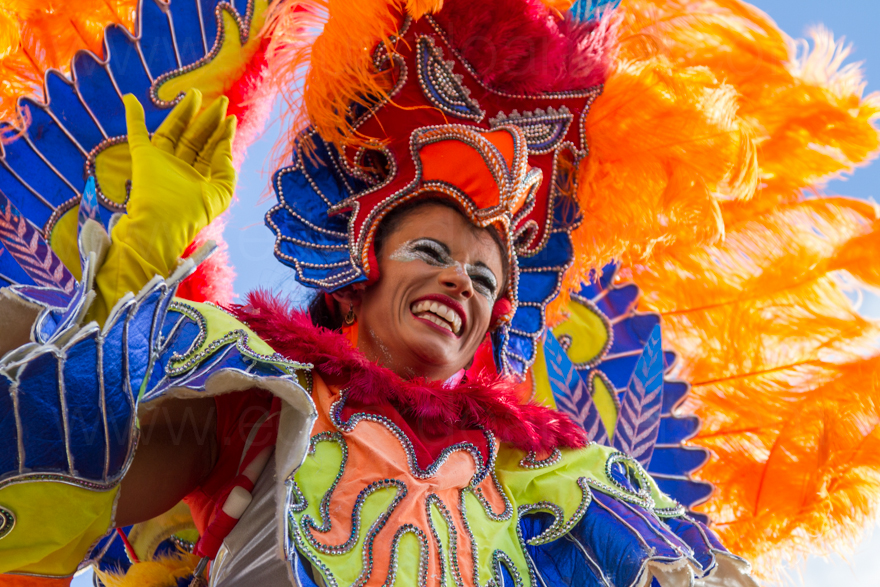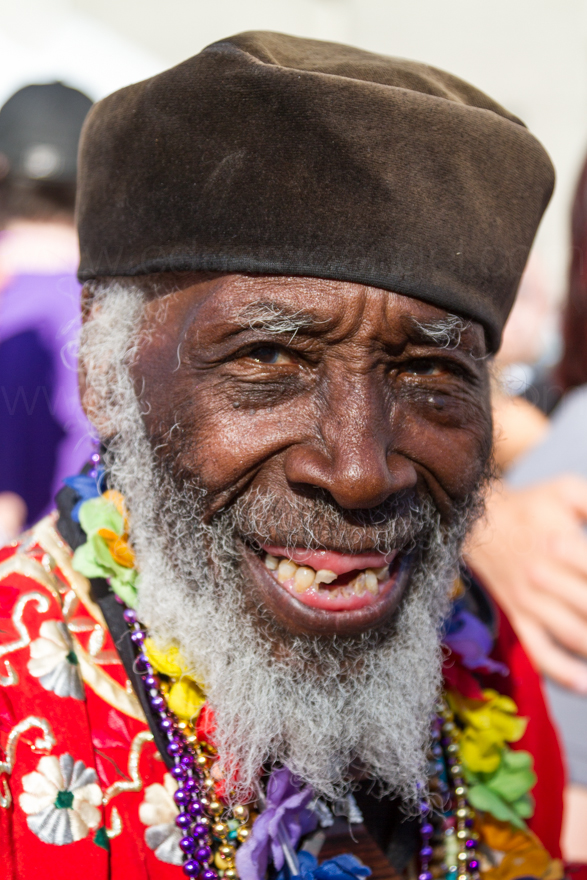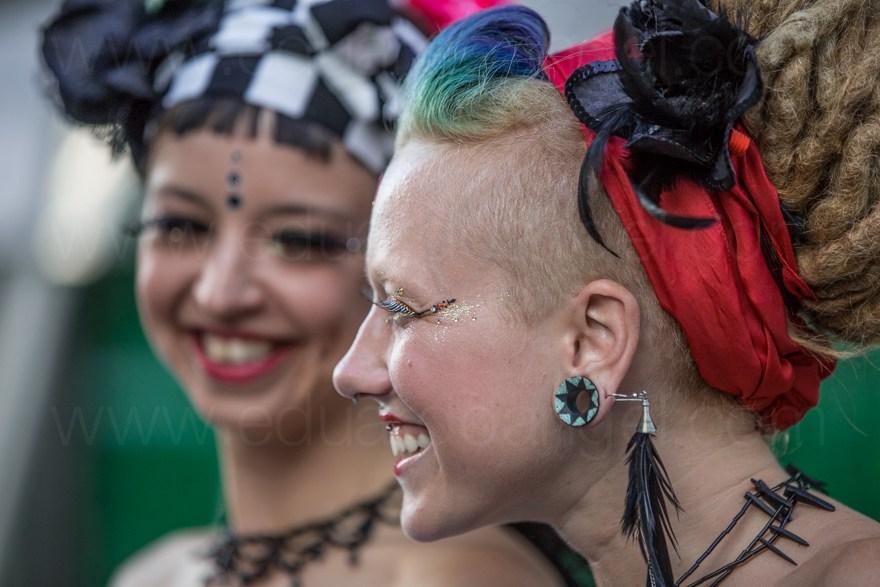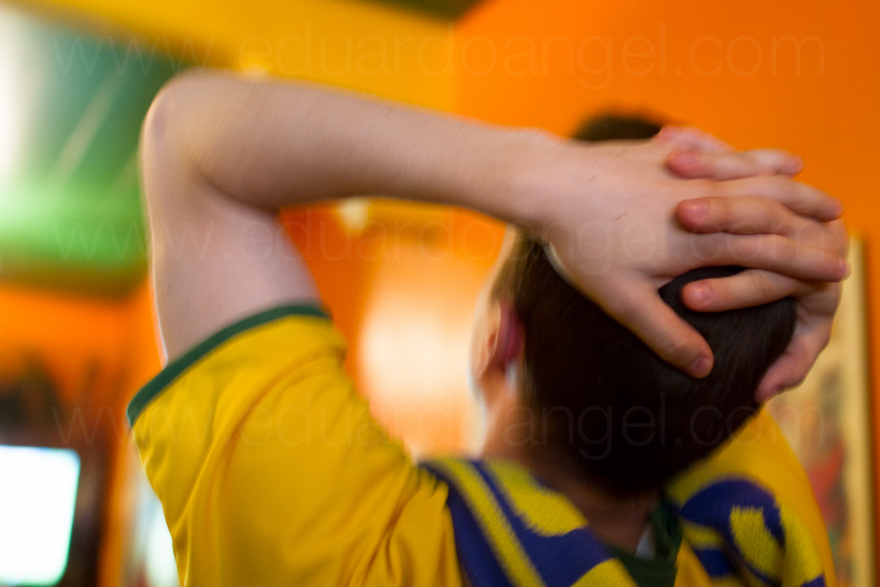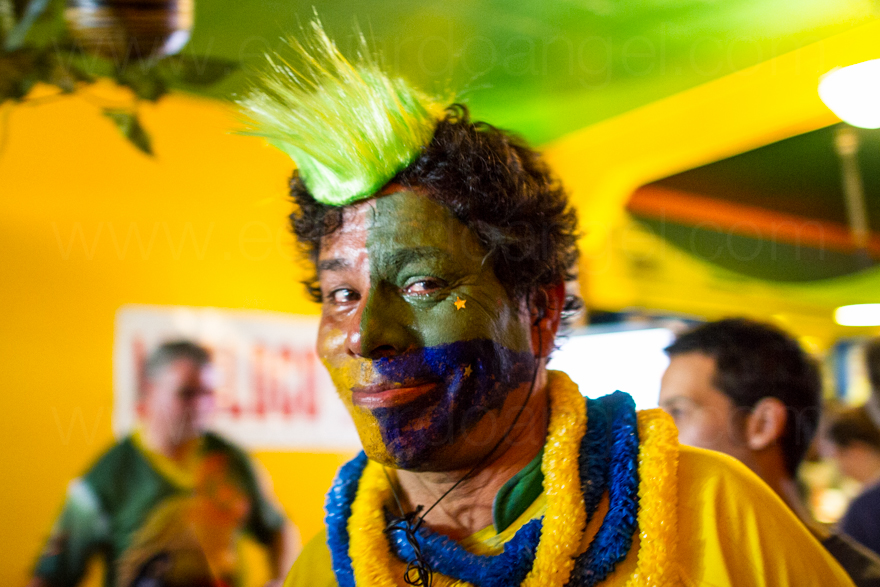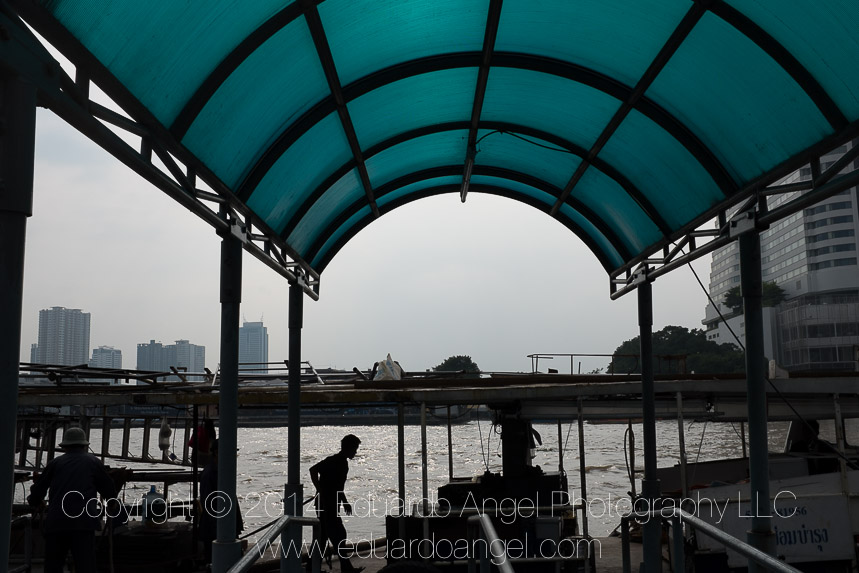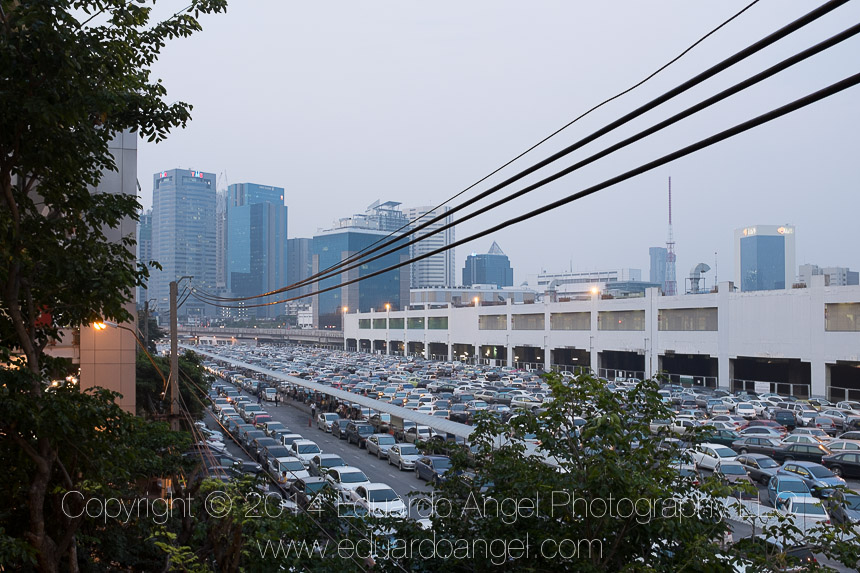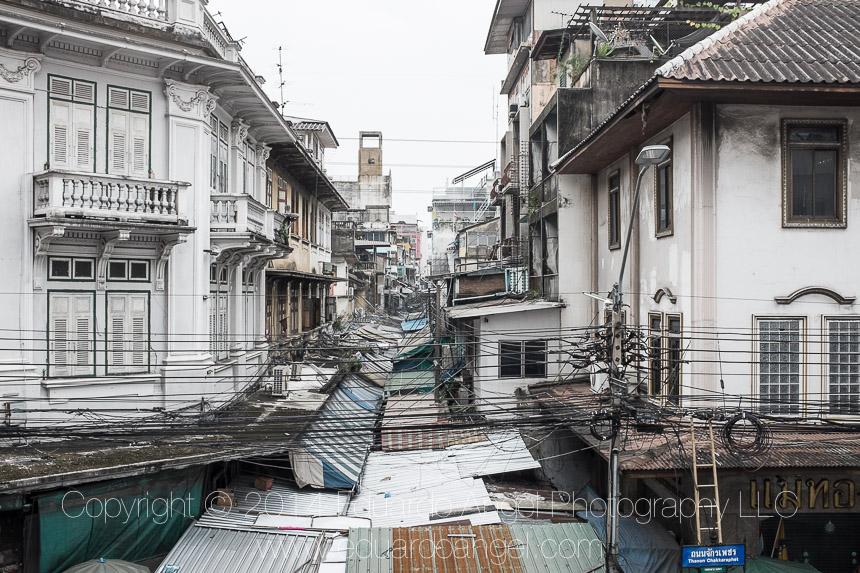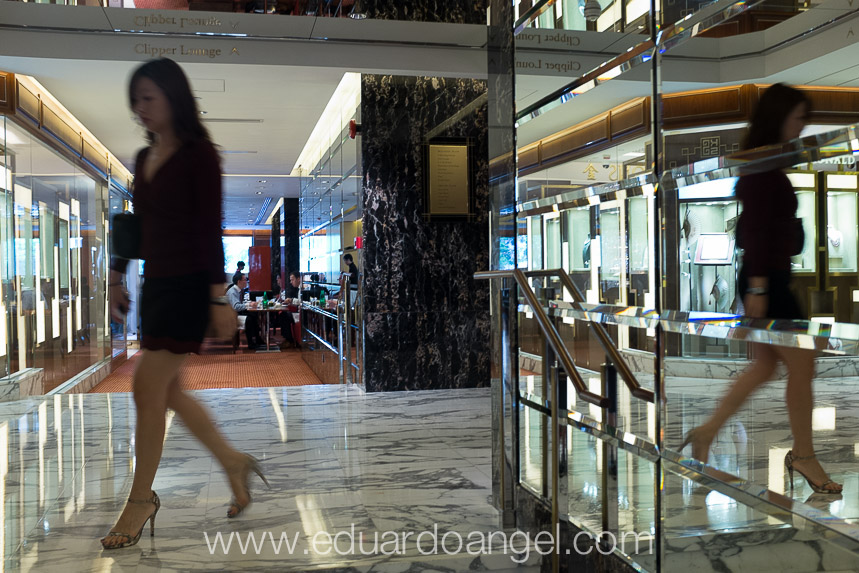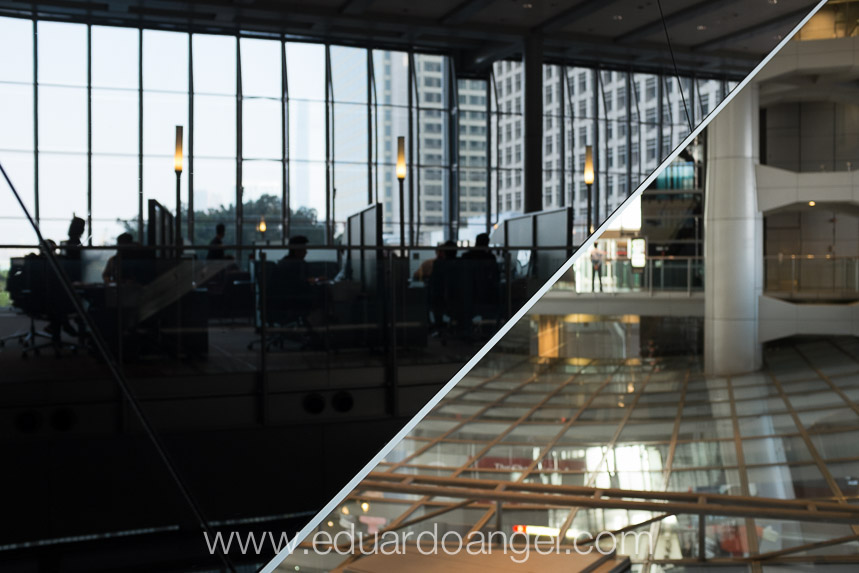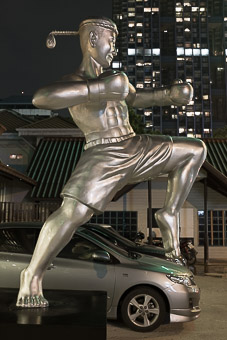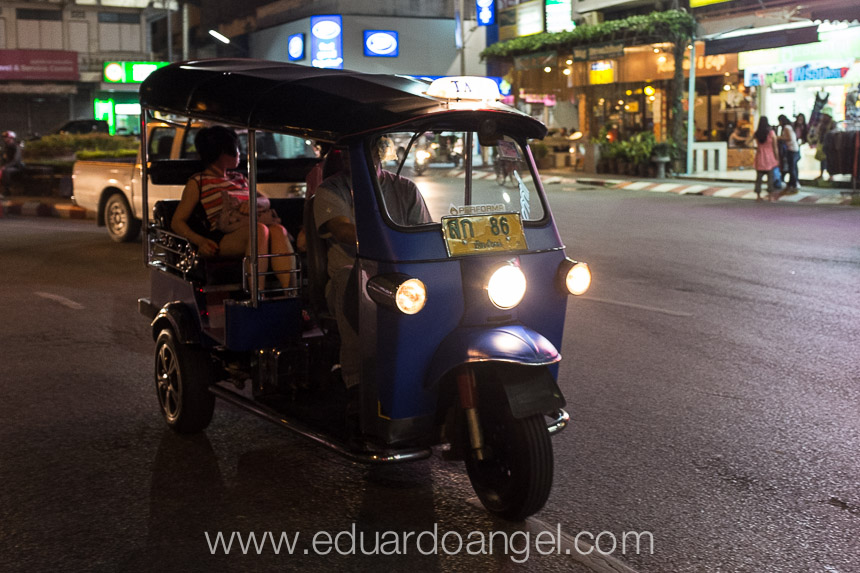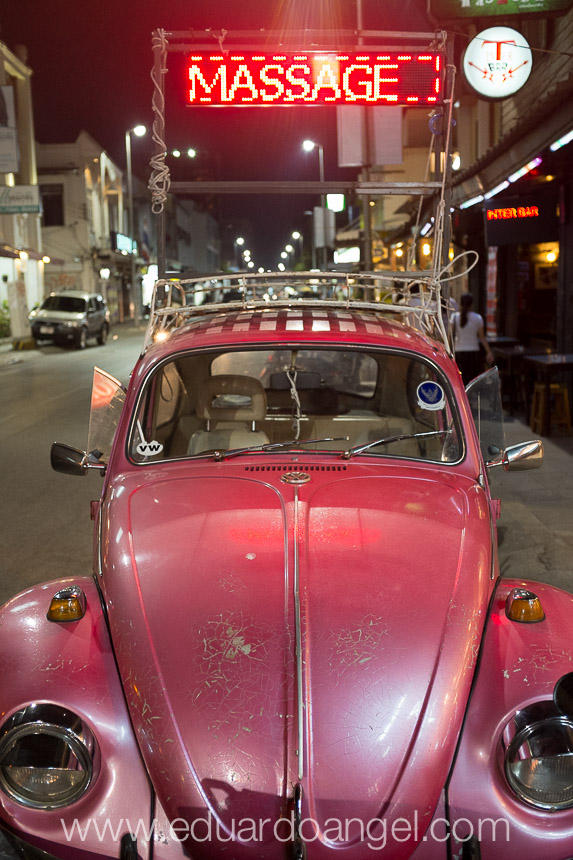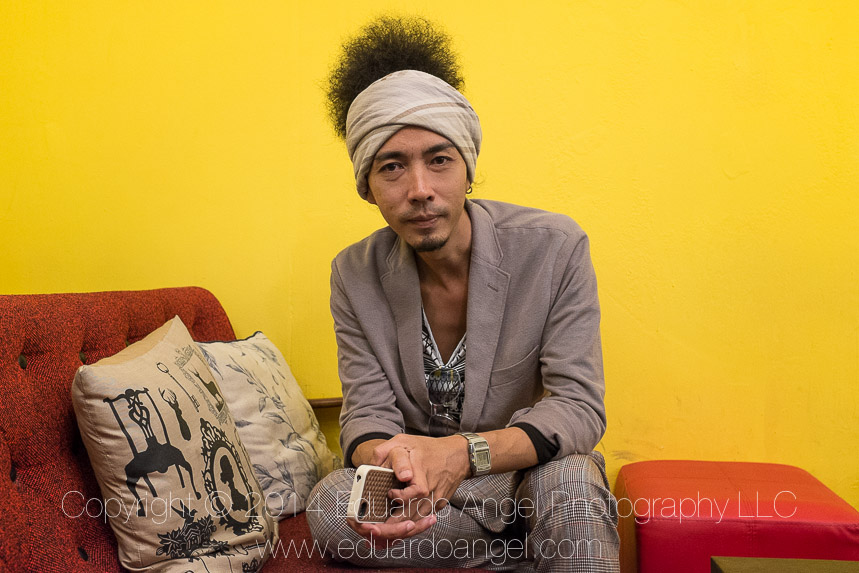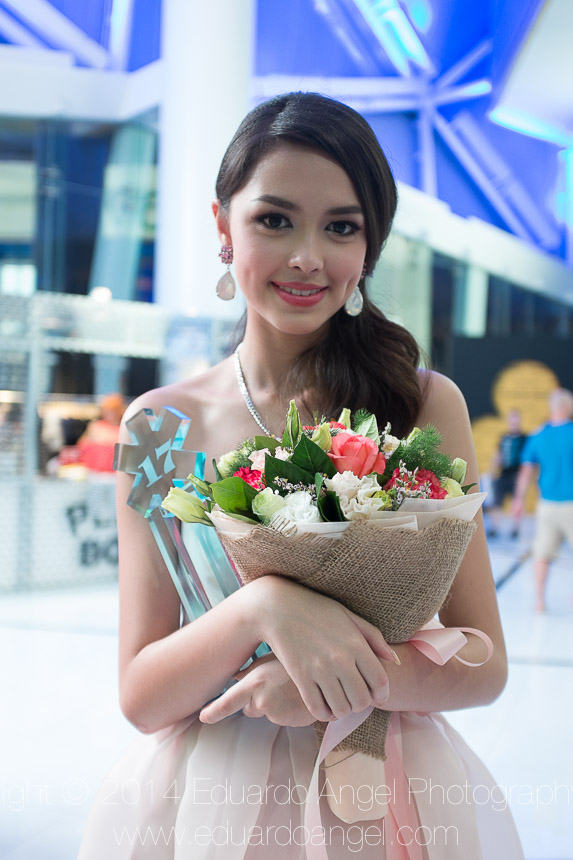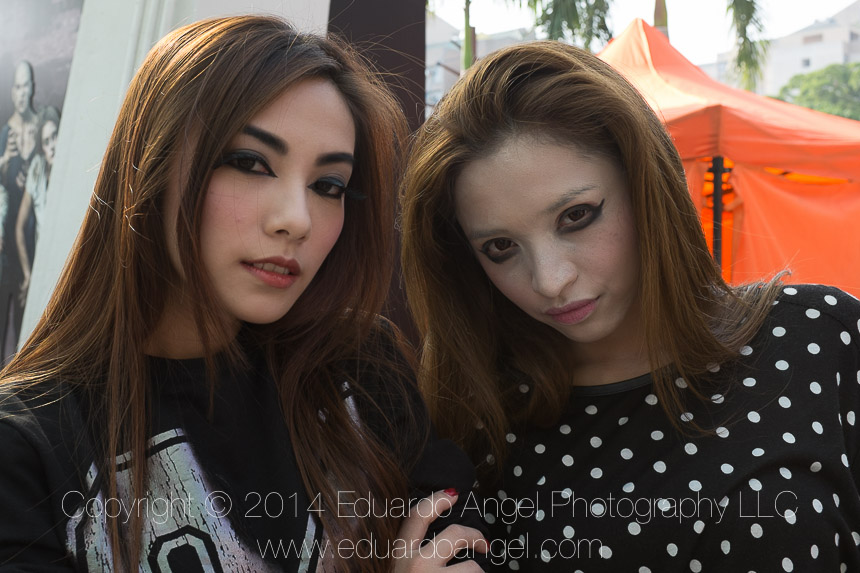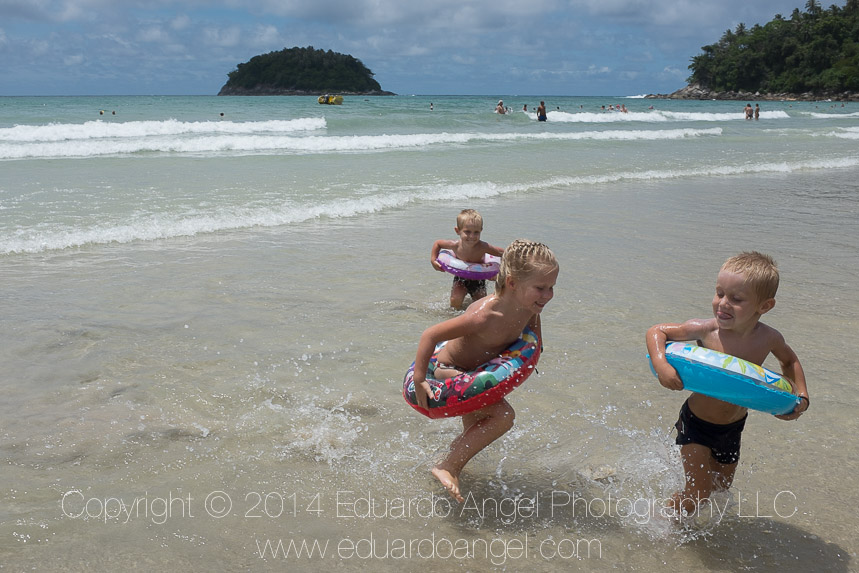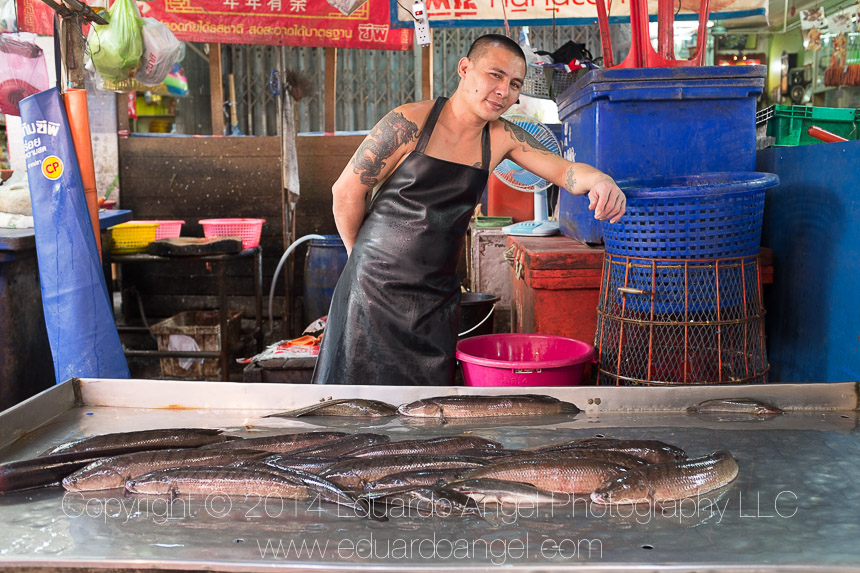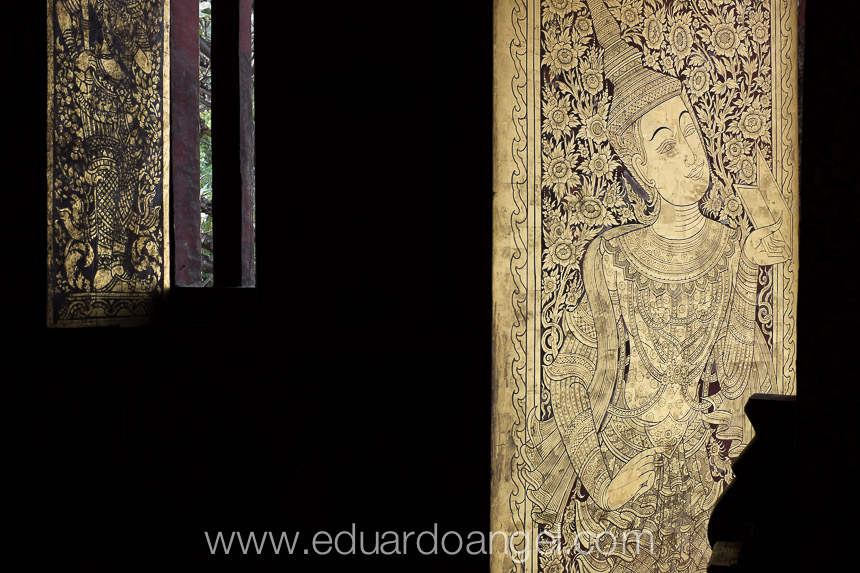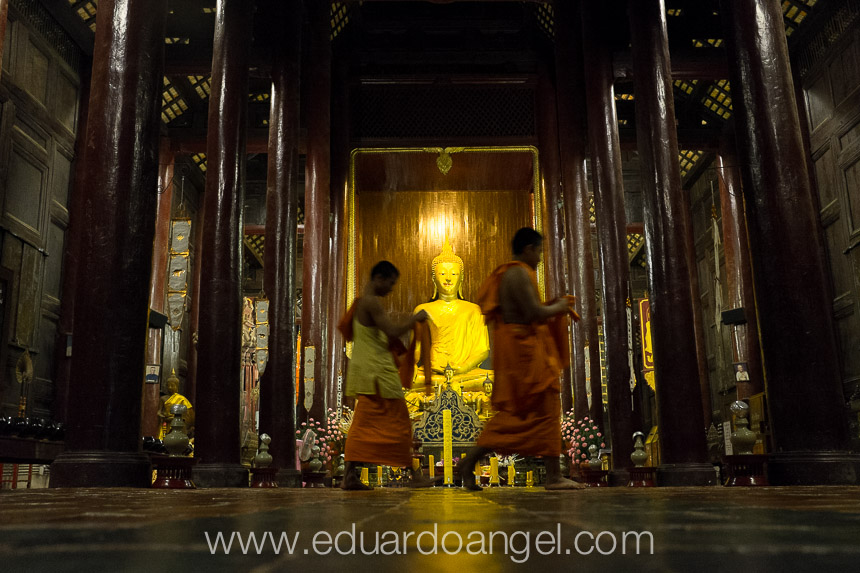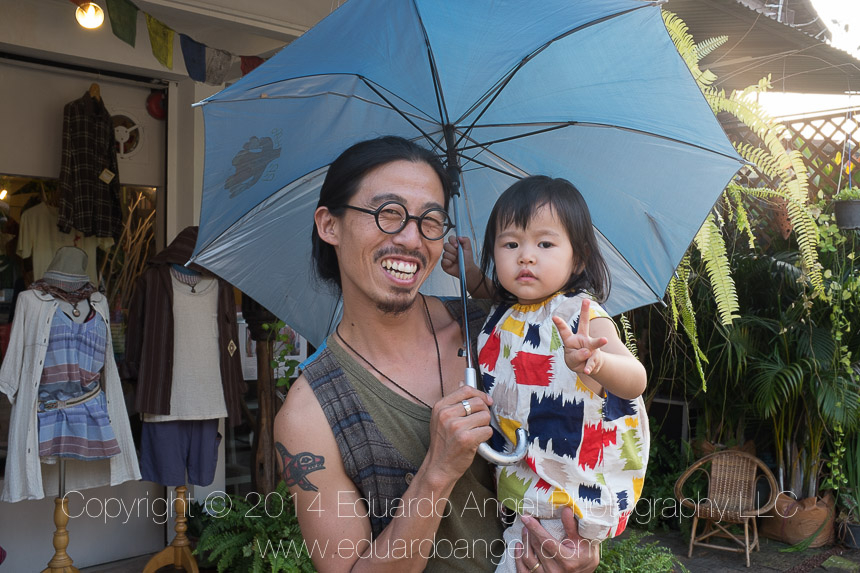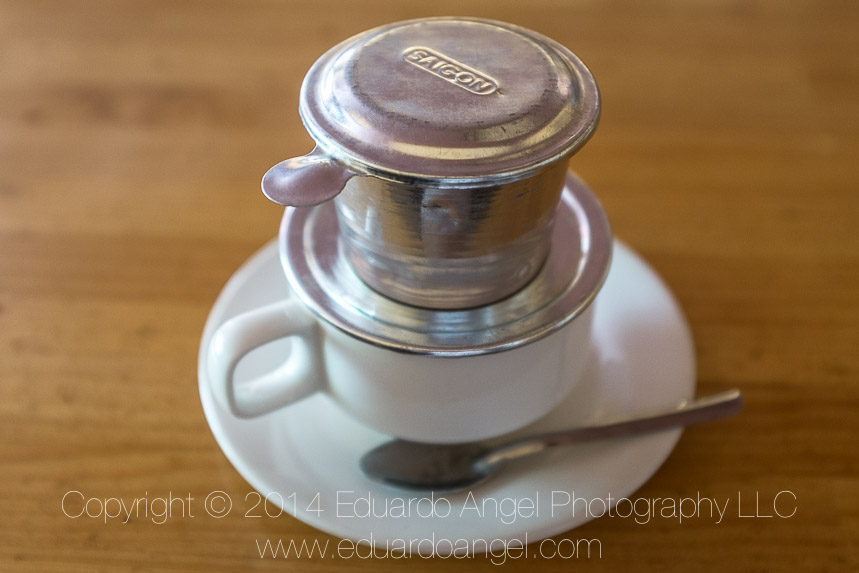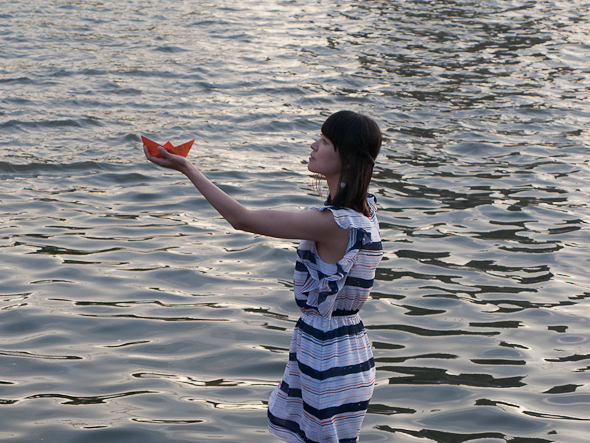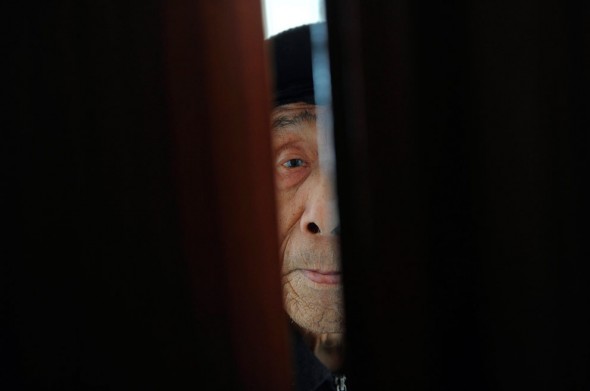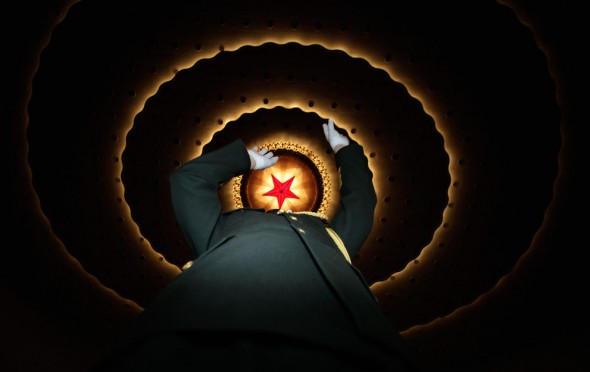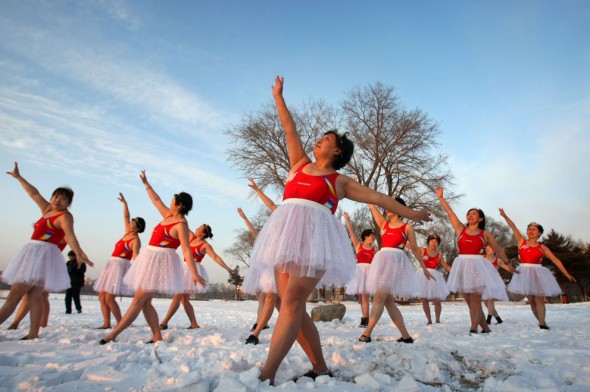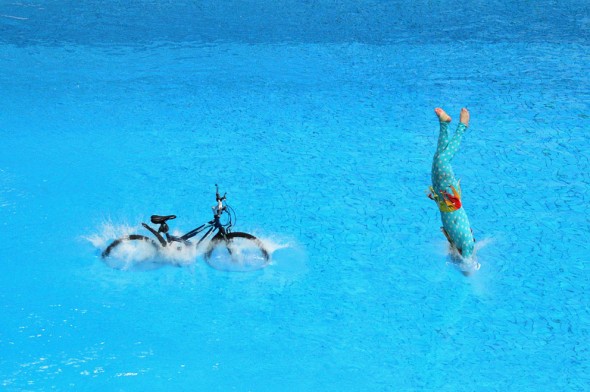Video
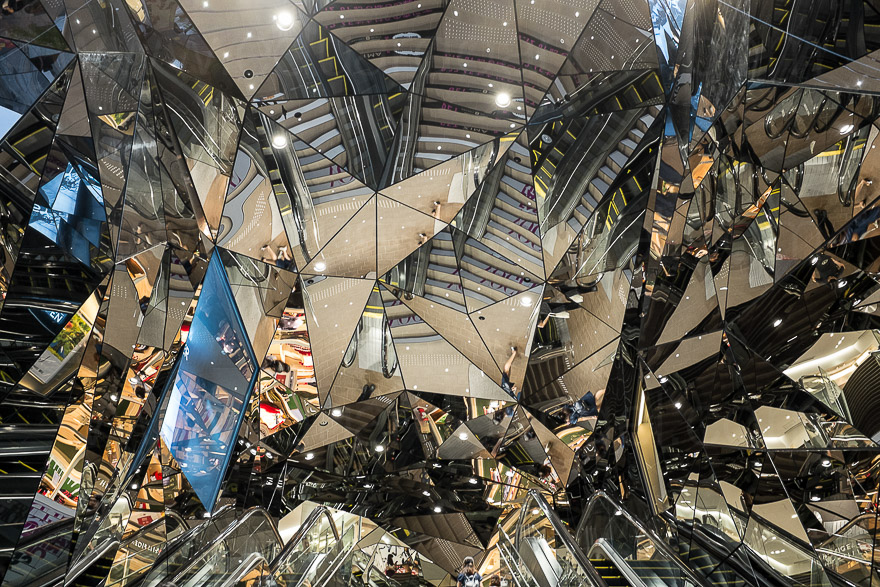
A filmmaker’s perspective on Japan.
Back in 2011 I made the best decision of my life: to get engaged. Wanting to “pop the question” at an unforgettable location, I asked my wife, then girlfriend, to write down her top five destinations that she had not yet visited. Coincidentally, and even though we both have traveled extensively, her first pick matched mine: Japan. The decision was made, air tickets were purchased, and hotels booked, but the timing was off. Just a few days before our departure, and with the ring well hidden in my camera bag, the Tohoku earthquake hit Japan. It was the fourth most powerful earthquake in the world since modern record keeping began in 1900, and the most powerful earthquake ever recorded in Japan.
A few weeks ago we FINALLY had the chance to visit this incredible country and culture, and on this article I’d like to share some of the most amazing things we learned and saw. Like some of my previous videos there’s a generous mix of stills, videos, soundscapes, music and narrations.
First things first
Most of us learned in school that Japan closed its borders in 1639 for more than 200 years, keeping only one seaport open for foreign trade exclusively with Dutch and Chinese sailors. A lot has changed, of course, and the country is currently the world’s third largest economy after the United States and China. This is truly a miracle for a nation that consists of more than 6,800 islands, has a population of 127 million people, and is smaller than the states of Montana or California.
As a little kid I spent countless hours poring over my grandparents National Geographic magazines. I dreamt about far and exotic places like “Antofagasta,” which I related to cannibals, “Ushuaia,” which to me was a synonym for the end of the world, “Oaxaca,” which I imagined full of little skulls everywhere, “Marrakesh,” with stunning belly dancers and crazy sword-fighting warriors, and “Kyoto,” elegant, peaceful, and extremely expensive. I loved the sound of each place.
Now, a “few” years later, I’ve had the privilege to visit all of these magical places and work in well over 700 cities in 50 countries, covering 40% of the world (according to Tripadvisor). Compared to my childhood pipe dreams, some countries have been much more interesting (Hong Kong and Thailand), and a few hugely disappointing (Russia and Vietnam top that list). There are no cannibals in Antofagasta, you can see little skulls in Oaxaca for “Dia de los Muertos,” and Ushuaia can’t be described in words. But Japan, in fact, so far, has been the one experience to closest match my dreams.
A World of Contrasts
If I had to define the country in a single word it would be contrast. Not necessarily as in the wide social and economic disparities one sees in India, China, or South America, but in the everyday culture itself; super-modern buildings next to architectural crimes, decadent meals followed by inedible dishes, massive pedestrian crossings and jam-packed subway cars followed by serene gardens, and very polite and quiet people during the daytime that get insanely wild and loud after dusk.
Random Fun Facts
Coming from New York, it always strikes me how clean and quiet other large cities are in comparison. Even Los Angeles and Houston seem muted in comparison. In that regard, Tokyo, the most populated metropolitan area in the world, is impossibly silent. And spotless. And huge. For example, Tokyo doesn’t have an actual downtown, but 23 of them, some with a daytime population seven times higher than their nighttime population.
Having been born in Colombia and experiencing first hand the country’s well documented violence during the 90s, it is hard to grasp how Japan, with the tenth largest population in the world can have the second lowest homicide rate, with only TWO gun-related homicides per year, and a conviction rate close to 99%. My brain can’t even process that information.
There are many fascinating things about Japan, from the expected, like magnificent temples, pristine gardens, and stunning package and lighting design, to the highly unexpected like the super-salty cuisine, and the lack of English speaking people and information in English even in popular tourist areas. Regarding tourism, we based most of our itineraries on Frommer’s and Fodor’s guides, which proved to be excellent sources of information.
We also tried to understand why there are virtually no public trash cans, but no garbage on the streets, millions of people everywhere, but no benches, and restaurants with vending machines, but no napkins. I’m still looking for those answers. Please hit me on Twitter if you have a good guess. And, speaking of Japanese vending machines, one can use any of the 5.5 million to buy beer, wine, canned coffee, cigarettes, food, comic books, toilet paper and even “adult literature and pleasure products.”
To widen our Japanese experience, we stayed at a high-end hotel in Tokyo, and at a Ryokan in Kyoto. The Ryokan, a traditional Japanese inn with tatami floors, paper blinds, a low table for tea and super tiny pillows, provided a unique, but not very comfortable, experience. As an added bonus we located a Ryokan that offered a private Onsen, or spring bath, that was masterfully built with exquisite wood, and harvested the local volcanic waters. Of course, Japan being Japan, even this relaxing moment had many strict rules to be followed in precise order before even touching the water. Overall it was an interesting experience, especially after walking 30,000 steps each day (according to my wife’s pretty handy Fitbit).
One early morning we got the rare opportunity to attend sumo training. As architecture buffs we used some rainy afternoons to visit buildings and stores by our favorite Japanese designers. We tried hard to cover as much of the Japanese culinary spectrum as possible, from quick lunches at shopping centers’ basements, vending machines, and food trucks, and dinning at traditional Izakayas where we tried delicious Yakitori and horse sashimi.
We obviously “had” to fit in a few Michelin-rated restaurants as the respected “foodies” publication has awarded Tokyo the most stars of any city in the world. More than the food itself, the service, presentation, and attention to detail are what truly offers a remarkable experience.
More Random Facts
Japan imports 85% of Jamaica’s annual coffee production, but the fancy coffees we tried were consistently inconsistent. I might get shot for saying this, but the $1 coffee at 7-Eleven was MUCH better than most of the $8 fancy brews we tried. And I’m Colombian, I do know my coffee.
Japan is also the world’s top importer of reggae music and has the largest proportion of jazz fans in the world. We treated ourselves with a jazz concert (and grossly overpriced drinks) at the Park Hyatt‘s bar, from “Lost in Translation” fame. The city views from the fancy bar are great, especially at nighttime, but you get pretty much the same view for free only two blocks away, from Tokyo’s Metropolitan Government Building, where you can also get a very filling lunch for about six dollars.
Gulping down your drink and slurping is NOT considered bad manners (mom, are you reading this?), but somehow eating or drinking while walking down a street is considered very rude and nobody does it. The Zen proverb “When walking, walk. When eating, eat” is silently but effectively enforced all the time, and everywhere. One day we had to go back to our hotel, just a few blocks away, to finish our Bento box lunch.
We did enjoy bowing on meeting someone, but sitting on the floor with your hands in your lap and your legs tucked under you, not so much. Perhaps because I’m less flexible than a tree. When wearing my first kimono I created a small “fashion emergency” with the Ryokan’s owner, as one should always wear the left side over the right side. The opposite of this is only observed at funerals. Something similar happens with chopsticks; do not point them at other people, never wave them in the air or stick them upright in the rice, since they’ll look like sticks of incense at a funeral. How are you supposed to know all this?
Cash is definitely king, and many ATMs in Japan do not accept international debit cards, with the wonderful exception of the ATMs found at the 10,000 7-Eleven stores. Coins are required for buses, trams, and lockers. We had read that Internet access was horrible, but I have to disagree. Both our hotels, many subway stations and bus stops provided free Internet access. If all you need is checking your map or access something on Dropbox you should be fine. If you are planning to stream movies or video games, stay home.
Packing Tips
In terms of packing, we broke a new personal record for this trip. We were able to fit everything into ONE suitcase. In case all the women reading this article are wondering, yes, my wife wasn’t too happy at first, but she came to appreciate my logic while navigating major transport hubs like Shinjuku, which serves 4 million passengers a day, and holds the title as the world’s busiest station.
In addition to the single suitcase, my wife had a very light daypack, and I brought my favorite photo backpack.
Regarding photo and video equipment, I’ve been traveling extremely light and small. This time I brought two Panasonic GH4s (Amazon • B&H), two Panasonic Lumix lenses (Amazon • B&H) , and a Fuji X100S (Amazon • B&H). This is pretty much the same gear I’ve used on assignments in Europe (article on Sigma’s website), Turkey, and commercials like this.
Something I failed to pack (and struggled to find in Tokyo) was a “3-Prong to 2-Prong Adapter.” Considering one can get two for $6 on Amazon, it was very painful to waste precious time walking from store to store and trying to explain what a “3 prong” means with body language and childish drawings. To connect multiple devices I ALWAYS bring two essential items: a mini power strip to charge phones, batteries, and laptops using a single outlet, and a compact USB hub, to connect multiple hard drives to my laptop. This year I’ve been using these small and cheap external hard drives on my travels, and so far they’ve worked perfectly. If you are interested in seeing what’s inside my camera bag, I wrote an article with “The Essential 41 Items” for photography and video assignments.
The Final Product – The Video
Shooting stills, and video, and recording soundscapes while traveling alone is hard, I’m not gonna lie. Doing all that with your (extremely patient) wife is even harder, but totally worth it.
Obviously it’s impossible to understand a country, city, or even a neighborhood in just a couple of weeks. I’ve spent nine years in New York and every weekend we find something new to do, see, or eat. But, we only have one chance to get a first impression, and I believe those first reactions are great ways to identify interesting trends and cultural differences.
The video below has tons of additional information about Japan in general and our travel adventures in particular. If you like traveling—and eating delicious food—I’m sure you will enjoy it, and if you do, please SHARE the love!
If you are looking to expand your creative options by adding video into your skills set or enhance your craft, don’t miss these courses on Lynda.com.
Photography
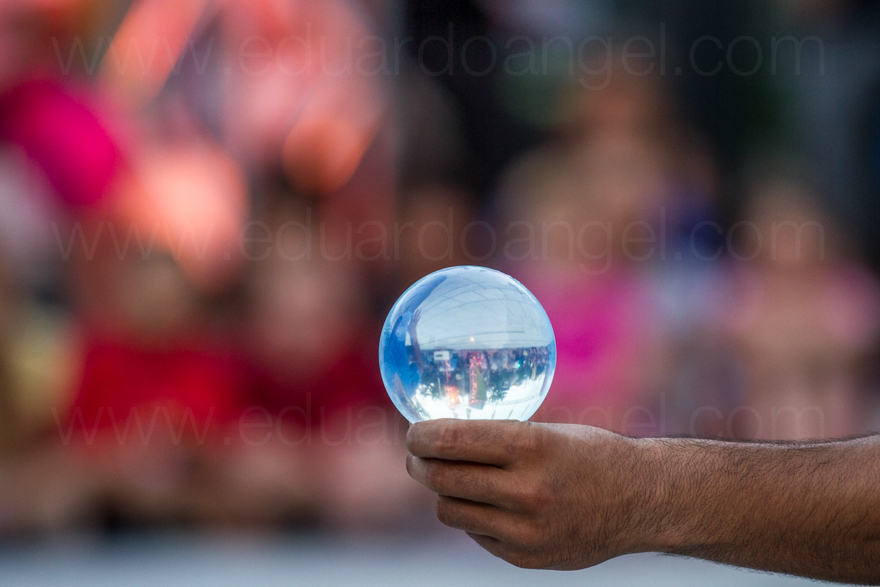
FIFA World Cup in Photos.
Montreal is one of my favorite cities in the world. I’ve been visiting the city at least once every other Summer for over 12 years just to photograph the Jazz Fest, and of course, eat like a king.
But this quick post is not about the city or jazz or even food. It’s about soccer! I was in Montreal while the 2010 World Cup was taking place, and I made a lot of good friends who were rooting, screaming, and crying for their own country’s or favorite teams. Since the 2014 World Cup starts this week, I dug a few imaged out of my archives to share.
I guess not everybody is excited with the event. Have you seen the anti-World Cup street art in Brazil? Pretty awesome.
Photography
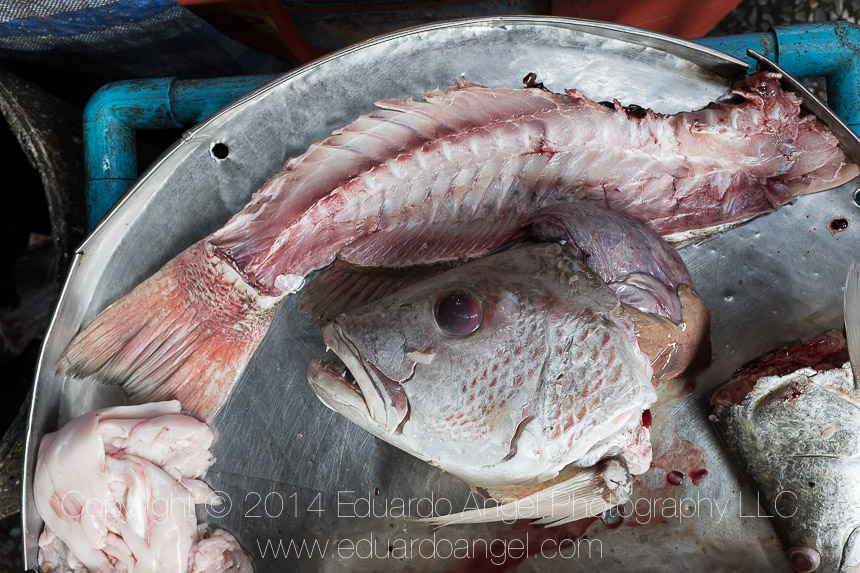
Traveling to Bangkok? Let me share a few tips.
Traveling to Bangkok? Let me share a few tips.
Don’t waste your time visiting the National Museum. The key galleries are being renovated so there’s very little to see. Keep in mind that no backpacks are allowed in the museum so you must leave your photo gear at the ticker counter unless you plan ahead.
Ah, the mysterious Thai cultural center. The first mission of this center should be to inform Thais of its existence. Even though I checked the map and asked a taxi driver, two cops, a receptionist, and even an official-looking guy in a suit, I wasted more than two hours trying to find the deserted center. Not a single employee spoke English and all the written information was in Thai.
I hate shopping malls, but in Bangkok they proved to be my best ally. Not only I could find clean restrooms and extremely cheap bottles of water (1.5 liters for 50 cents as opposed to 250ml for $8 dollars at my hotel.) Most malls also have a food court, selling the same food as street vendors and for almost the same price, but with a much more comfortable place to sit and rest.
In many countries, people don’t want to be disrespectful, so they make something up when you ask for directions, even if they have no clue what you’re talking about. I generally ask at least two different people to verify the info, and most of the time I get conflicting answers.
In Bangkok and especially in Chiang Mai you don’t even need to buy bottled water. You will find a 7/11 as often as you would find a Starbucks or Chase branch in Manhattan.
Do not rent a motorcycle in Phuket. Nobody will tell you this, but you need a Thai driver’s license. An international driver’s license only works IF you meet an honest cop who speaks English, which means, it doesn’t work. The traffic ticket costs $500. Not wearing a helmet will cost you another $500. No, I didn’t get a ticket, in case you were wondering!
We truly appreciate your support for this and similar project by purchasing My Asia • Photo eBook (iPad)
The PDF Version is herePDF version is available here, and the printed version from Blurb is here.
Photography
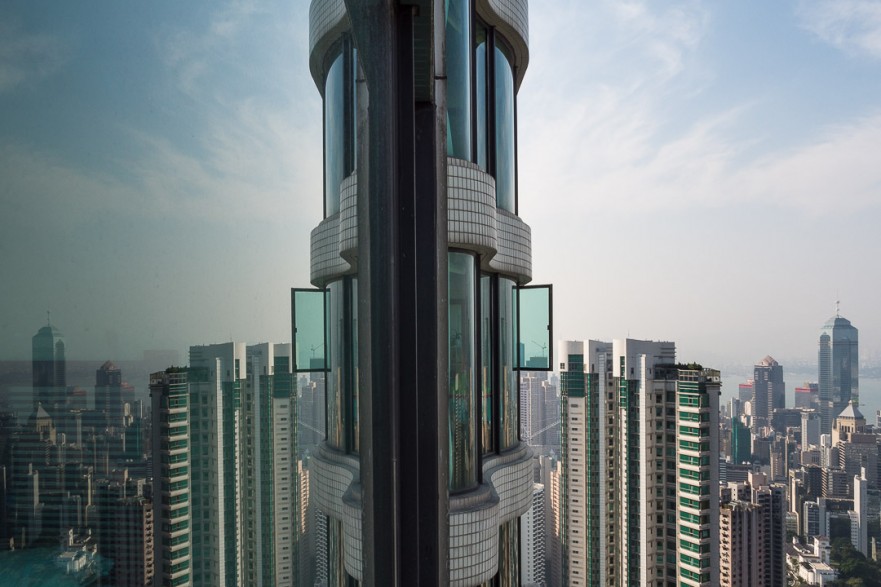
Hong Kong: The quiet city.
The quiet city.
Comparisons between Manhattan and Hong Kong are inevitable: Both are islands, have many skyscrapers, high-population densities, and crazy real estate prices. Both are magnets for money and people looking for opportunities. And both offer food prices that range from dirt cheap to insanely expensive. Hong Kong has 7.1 million people and a density of 17,024 people/sq. mile while New York has a population of 8.1 million and 27,550 people/sq. mile.
But, Hong Kong is different. VERY different. From the time you touch down, it takes less than an hour to move through immigration, travel to the baggage claim, and board the spotless and quiet express train. That’s easily the wait time at JFK’s taxi line. In Hong Kong every driver spoke English, helped us with our bags, turned the meter on without our request, knew the most efficient way to our destination, charged the exact fare and gave us exact change. I can’t recall the last time I didn’t have to give step-by-step directions to the airport’s cab driver in NY. Then, of course, I have to pay $60 for the privilege of doing their job. My wonderful taxi experience cost $10 in Hong Kong. The city is clean, modern, and efficient. It feels safe and full of opportunities. Most subway stations have shopping malls attached, with spotless restrooms, restaurants, and parks. It shocked me how quiet the city is. In three days we didn’t hear one siren. I wish I could say the same about Brooklyn.
Amazingly something like 80% of the island is a natural reserve. If you get tired of city life, you could simply take the 30-minute express bus for only one dollar to Stanley market, which is on the opposite side of the island and offers landscapes that compete with some of the best I saw in Vietnam. I recommend all visitors take the super-convenient double decker tram system and the a spectacular ferry ride. Each will cost 30 cents in American currency making them one of the best tourist bargains in the world.
Building the puzzle
Traveling to me is like building a puzzle without a reference image. Or, perhaps a chess game where you are one of the pieces moving from one place to another, deciphering maps, and memorizing names with 15 characters that look just like all the other names. It is all a fascinating game played in real time, without cheat codes, or escape menus. Just you and the new place you are about to discover.
There are tourists and there are travelers. The tourists are afraid of the unknown, the different. You see them eating at Subway or McDonald’s right next to the local food market. I am a traveler. I adapt to local customs, eat what the locals eat, enjoy trying new things, push my boundaries, embrace feeling uncomfortable, and have a blast getting lost. There’s truly nothing like traveling to recharge the soul. I love to reconfirm every so often that people are good and generous by nature, and that the universal currency is not dollars or Euros, but smiles.
We truly appreciate your support for this and similar project by purchasing My Asia • Photo eBook (iPad)
The PDF Version is herePDF version is available here, and the printed version from Blurb is here.
Photography
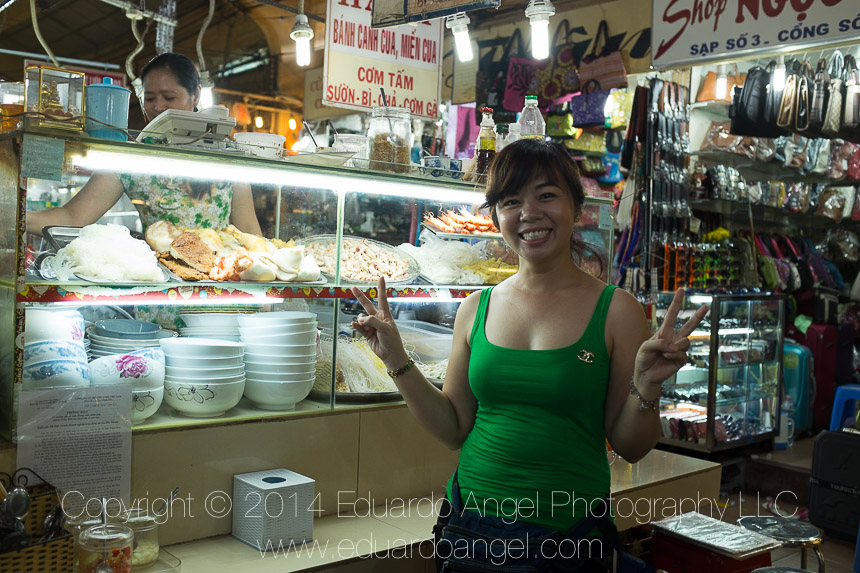
Sir, you are crazy! Welcome to Vietnam.
Sir, you are crazy!
My growing up in Colombia turned out to be a huge advantage for traveling in Asia. We Colombians and Asians have a lot in common. We can cross avenues with hundreds of motorcycles zooming past. We understand that sidewalks and stoplights are mostly symbolic. It’s in our blood that the asking price for an item is merely a suggestion and we can haggle until the end of time. We can smell danger coming. We can eat almost anything without getting poisoned. We have a superhuman ability to locate and exterminate bugs. Coming to Asia makes you realize that growing up in a third world country has key advantages.
In Ho Chi Minh City I received the best compliment ever: “Sir, you are crazy! You are like the American chef on TV!” The gentleman in question was referring to Anthony Bourdain and the reason for the wonderful reaction was simple. When traveling alone, I like to ask cab drivers to take me to THEIR favorite lunch or dinner spot. They always know the best places in town. My driver and I feasted on Pad Thai at the eatery where he takes his girlfriend. It was the best Pad Thai I’ve had in my life. And it cost $1.50.
Friends often wonder how I obtain access to so many interesting and often difficult-to-infiltrate places. The answer is fairly simple—I ask questions. One example: while having breakfast I asked my waitress for sightseeing recommendations. She sent me to the War Museum. There I saw three geisha-looking women entering a room. I went to see what was going on and I was told it was a private Tea Ceremony for the Japanese Consul. After a quick introduction and talking to the right person, I was invited to stay, and for four hours I witnessed a fascinating Japanese tradition at the War Museum in Ho Chi Minh City. All because I simply started asking questions
Halong Bay was breathtaking, but after Thailand, Vietnam was disappointing. Sadly, the vast majority of Vietnamese we dealt with were unnecessarily rude, or, at best, simply didn’t care about engaging in anything that didn’t represent money changing hands. I was told that this `is a common expression of independence. Vietnam has a cultural history of more than 20,000 years—that’s one of the longest continuous histories in the world. They have been the target of so many foreign aggressors that yelling “no!” to a foreigner must feel great. Unfortunately, tourists don’t understand, nor appreciate, this behavior and will increasingly choose friendlier countries like Thailand, Laos, Cambodia, and Singapore in which to spend their time and money.
At any major tourist destination it is nearly impossible to walk for more than 30 seconds without having to stop for someone taking a picture. The weapons of choice are iPhones shooting vertical video and tablets with very thick covers for stills.
Also trending are what I call the IVSTs (iPhone vertical video self-portrait tours). The culprit chooses the busiest walking intersection at a popular tourist destination and records themselves talking nonsense about the place. An example: “this is the largest temple in the world and it is very old.”
We truly appreciate your support for this and similar project by purchasing My Asia • Photo eBook (iPad)
The PDF Version is here PDF version is available here, and the printed version from Blurb is here.
Photography
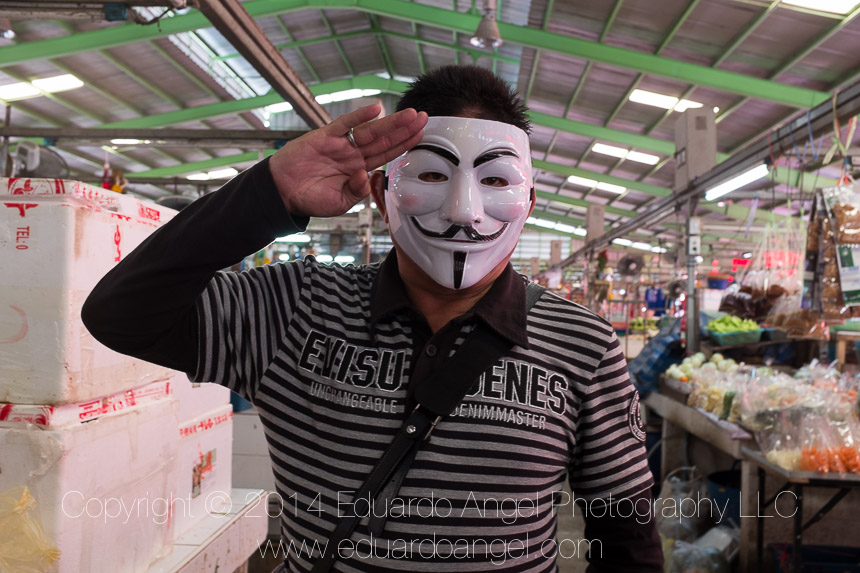
Thai people and the guardian of wealth.
The guardian of wealth.
Proud and humble don’t seem to fit in the same sentence but Thais are proud, yet humble, people. You can see it in their eyes, and the way they treat each other.
As in all my travels, my most rewarding and exciting experiences are the exchanges with locals. Spending quality time chatting with locals like Krit, a very hip computer animator, or Mr. Tanta, a very proud police officer, gave me a much deeper understanding of Thailand than any book, movie, or tourist tour could ever do.
I spent a lot of time talking with Buddhist monks who inevitably would ask my name and then ask what it means. Eduardo, for the record, means “the guardian or keeper of wealth, where wealth could be understood as knowledge.” Chatuphon, my 17-year-old friend photographed here means “the four blessings” which are: A long life, Be rich, Be strong, and Be healthy. I’d say that’s a powerful and meaningful name.
By far, the most fascinating character on this trip was Eak. Now in his mid 40s, Eak was born and raised in Switzerland by a Thai mother and Swiss father. He speaks PERFECT German, French, English, Thai as well as some Spanish. He visited Thailand for the first time when he was 20 years old and told me that he suffered a culture shock. “I didn’t understand why these people, my relatives included, chose to live under such poor conditions,” he told me.
After working for a very large and well-known corporation in Zurich, and making, according to him, “more money in one hour than what he now makes in three days,” he returned to Thailand to take care of his dying mother. “I was in shock for an entire year.” He now works as a driver in a boutique hotel in Phuket. Are you planning to go back to Zurich? I asked. “The life quality is here, but the money is there. I still don’t know what to chose.” I can certainly understand his answer.
Phuket is both an island and a province, the largest in Thailand and about the size of Singapore. Places like this are like paradise. No rocks, no corals, no trash, not even shells. Just very fine sand and body-temperature water so calm that you could mistake it for a pool. The only sounds are the waves crashing, a few birds chattering, and the occasional jet ski.
It seems that the only requirements to open a bar in Chiang Mai are a pool table, a fan, a bottle opener, and the willingness to ask foreigners if they are interested in receiving a massage.
We truly appreciate your support for this and similar project by purchasing My Asia • Photo eBook (iPad)
The PDF Version is here PDF version is available here, and the printed version from Blurb is here.
Photography
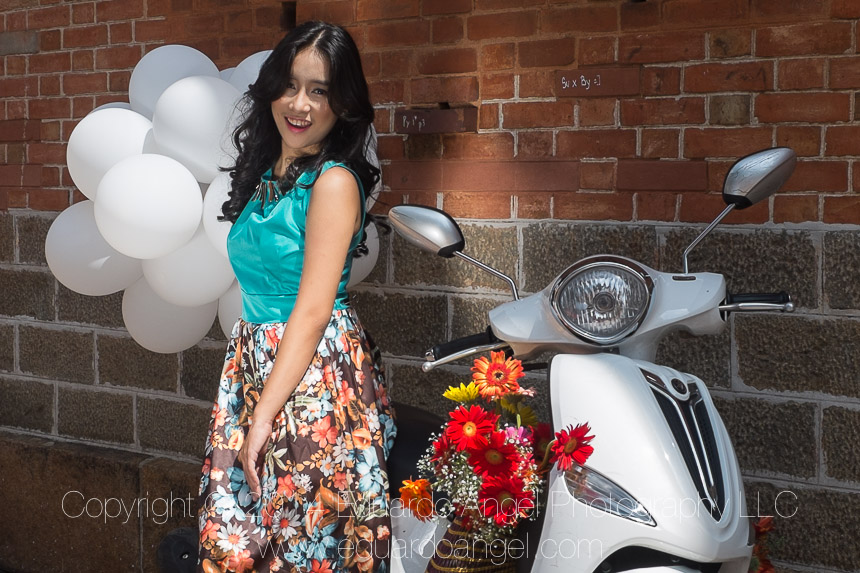
Traveling to a foreign country is like falling in love.
Falling in love.
I’ve always believed that traveling to a foreign country is like falling in love. All your senses are heightened; everything is new, exciting, and mysterious. You can almost taste the colors and touch the smells. You experience mundane things like the rain or city lights from a different perspective. This is especially true in places where I don’t speak the language. It is wonderful to be unable to understand most billboards and ads!
Architectonically, Bangkok is similar to South American capitals like Bogota or Santiago, but hotter. Other key differences include an efficient subway, an impeccable elevated train, express buses, and a wonderful river taxi system (local, semi express, and express). The signs and ways to purchase tickets are so well organized that even without help one can understand and navigate the system right away. The city is shockingly clean, safe, and well organized. When compared to New York and other “world capitals,” Bangkok is years ahead.
The mid-sized Lumphini Park is a small-scale version of Central Park right at the heart of the city. I arrived at sunrise, looking to photograph people jogging and meditating, and, indeed, I found that. However, I also spent some time with a tai chi master, was invited to have breakfast with a group of retired Chinese folks, and photographed a woman who in the 70’s was the number-one dancer in Thailand and number-three in all of Southeast Asia. Now she teaches others how to dance tango. She even gave me an autographed photo of herself!
The food in Thailand is phenomenally tasty and affordable. I often had lunch with an appetizer, two entrees, dessert, and a Pepsi. All for a bit less than three dollars, including tip. Here’s another tip: I strongly recommend that you NEVER peek behind a street vendor’s shop. It ain’t pretty. Trust me.
It always takes a few days to flush the “New Yorker” in me out of my system. I want things to be quick and efficient, and I hate to wait. People in Thailand, especially outside Bangkok, are NOT in a rush. It can be frustrating trying to squeeze in tiny corridors with hundreds of people moving slowly, or waiting forever for someone to show up. The only real option is to adapt, slow down, and go with the flow.
If you want to discover the local habits and avoid touristic clichés, Khlong Toei Market is the real deal. For two hours I was the only foreigner and the only one with a camera. A traveler’s paradise. It’s a short walk from the National Convention Center and it’s challenging, but it’s totally worth a visit. The fish and crabs were still alive, the calamari was swimming in its own ink and the pigs’ heads were still bleeding. Don’t wear flip-flops or sandals—what looks like blood is blood. Wear a shirt that you can wash right away, and plan to take a long shower immediately after visiting this market. The smells will stick to you, but so will the experience.
The first few days of visiting Buddhist wats are fascinating. All those colors and details. So much history, and so many traditions I can’t even begin to understand. The Emerald Buddha (which is really carved from green jade) was first DISCOVERED in 1434. The sacred image wears one of three seasonal costumes: Summer, Rainy Season, and Winter.
I was told that in Buddhist wats, the bells toll three times a day: once to announce the start of the day, once at noon, and once to signal the end of the day. Monks are prohibited from growing their own food, storing their own provisions, or cooking their own meals. I was very surprised to know that some of them are not vegetarians. In Thailand, they rely on whatever is freely given to them by others, and this might include meat. The monks eat twice a day—breakfast at 7 a.m. and lunch around noon. After that, they are only allowed to drink water and other liquids, but they can’t eat solid food and they can’t store food overnight.
After a few days of visiting wats, your eyes and mind stop seeing—you are there, wanting to be moved and inspired, but the feeling is harder and harder to recapture. In Europe we can get overloaded by visiting too many churches and museums in too short a time. In Asia, one can quickly experience wat and crowd overload. Be sure to enjoy those first few days of innocence and wonder.
Bangkok’s Chinatown is like the opening sequence from the 1994 film Chungking Express—chaotic, overcrowded, packed with long and narrow hallways, and hundreds of people walking extremely slowly. The two competing shopping malls are “China World” and “India Emporium.” It seems like a good commercial representation of the world.
We truly appreciate your support for this and similar project by purchasing My Asia • Photo eBook (iPad)
The PDF Version is here PDF version is available here, and the printed version from Blurb is here.
Photography

From New York to Tokyo. Fanning the smoke.
Fanning the smoke.
My visit to Japan wasn’t planned. My Delta flight from JFK to Tokyo was delayed and I missed my connecting flight. With 24 hours at my disposal I took this impasse as an early and welcomed present. My brief visit to Japan was smooth and easy. Everything is properly organized, scheduled, packaged, and explained. The people are so polite and friendly that I felt like a celebrity everywhere I went. So many folks were so happy that I wondered if this was all just a performance!
If you are ever stranded near Narita International Airport, it doesn’t make a lot of sense to go to Tokyo unless you have at least 12 hours available “inland.” Additionally, my wife and I have planned to visit Tokyo together for a long time, so I didn’t want to spoil our dream destination. I chose going instead to the magnificent Naritasan Shinshoji Temple.
It was deeply moving to see people of all ages at the temple, all showing a sincere and profound respect for their surroundings. Visitors washed their hands at the purification fountain and some even rinsed their mouths before entering the temple.
Americans are impressed with buildings or furniture that’s one-hundred years old. Europeans are proud of their four-hundred-year-old cathedrals. Here, you can witness one-thousand-year-old temples and truly ancient objects (Naritasan was built in 940 CE). You can feel history and tradition in the air, which, from a distance, smells like wood and incense. I later realized it is customary to burn incense and offer a prayer, then extinguish the flame by waving the hands, and fanning some of the smoke toward the person, as the smoke is believed to have healing powers.
Many religions believe that burning incense is good for the soul, but in Japan it is also an indicator of refined taste. Seeing my amazement, and perhaps all the time that I spent trying to capture the essence of the moment with a tiny camera, one of the temple keepers approached me. I assumed he was kicking me out. On the contrary, he was eager to see the images I was taking and more than happy to answer my endless questions. During our brief and fascinating conversation he mentioned that during World War II, most bells in Japan were melted down to make weapons and that 70% of all of Japan’s incense is manufactured on one tiny island south of Osaka called Awaji.
A few more interesting snippets about my brief time in Japan: Contrary to what I have read over the years about the country and my experience with Japanese people I have met on the road, I was a bit surprised by the lack of people speaking English. Case in point, high school students couldn’t understand me when I asked for directions. One associates Japan with fish and sushi, but I saw and ate more meat in Japan than in any other country, except Argentina. Finally, what’s with the heated toilets? If there’s a cultural explanation for this, please shoot me an email.
The Intro to this project is available here.
We truly appreciate your support for this and similar project by purchasing My Asia • Photo eBook (iPad)
The PDF Version is herePDF version is available here, and the printed version from Blurb is here.
Photography
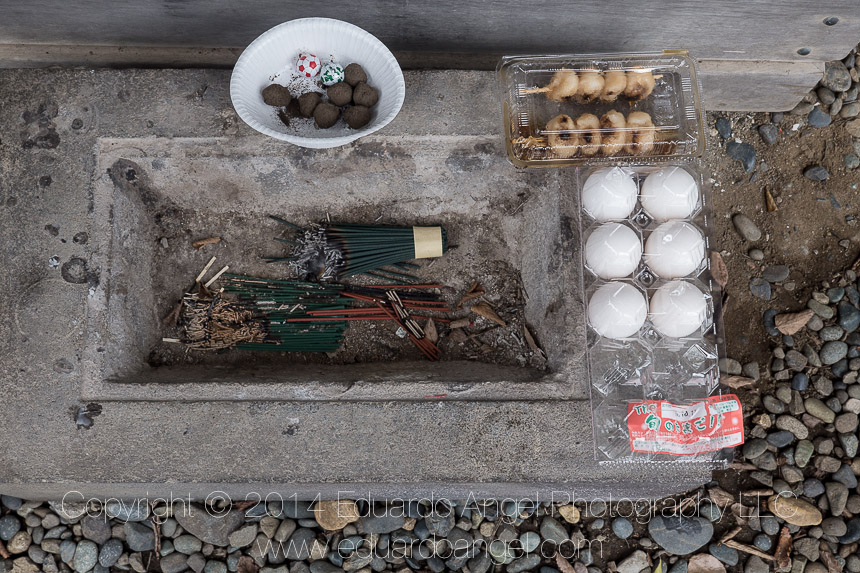
Letting instinct be my guide through Southeast Asia.
Letting instinct be my guide.
I approached my first trip to Southeast Asia in a different manner than my previous international trips. Even though I purchased the airplane tickets back in December, about 10 months before departure, I only booked hotels for the first two nights in each city. I left the remaining nights to chance. Unlike previous trips, I purposely didn’t research, map out, or schedule anything. Every morning I would get lost for a few hours by letting my instinct be my guide. Unlike my hectic life in New York City, where every day and week is carefully planned and literally every minute maximized, I wanted to drastically change gears and slow down, allowing life, and light, to hold my hand and walk me through uncertainty.
As always, I was hunting for meaningful images, beautiful faces, and remarkable locations. While doing that, I was tasting new, affordable, and outstanding food.
As I walked through the cities, I was mentally writing this journal, hoping it would inform and enhance my images. I chose not to shoot more than a few minutes of video during this trip as it would take a more rigorous approach, and it certainly would require more time and gear to do it right. As my only tool I used a tiny Fuji X100S.
The final product is a truly multimedia piece; ambient sounds recorded by us with an H4n, a few video clips, my journal transformed into a voice-over narration, and many photographs, some of which became a book carefully edited and beautifully designed by the super talented Gaia Danieli.
Part 1 (From New York to Tokyo) is now available here.
We truly appreciate your support for this and similar project by purchasing My Asia • Photo eBook (iPad)
The PDF Version is herePDF version is available here, and the printed version from Blurb is here.
Video
It’s all about the Squinch!
Check out the video we shot for Peter Hurley where he generously shares one of his best kept secrets: The Squinch. There’s a lot of crazy and awesome content coming soon, including a series of workshops for photographers transitioning into video. Stay tuned!
Photography
Discovering Cirque du Soleil Las Vegas: Visual Serendipity.
I recently met two acrobats from one of the eight shows in Cirque du Soleil Las Vegas. A multinational spectacle, Cirque du Soleil uses the imagination, arts and creative talent to present a show like no other. (more…)
Photography
Discovering Oman and the United Arab Emirates. 101 Views.
Here’s a somewhat random selection of 101 images from a recent trip to the United Arab Emirates and Oman. From photographing the Royal Suite at a 7-star hotel, navigating Gold and Spices Souks, getting lost at Fish Markets, and witnessing the Arabian desert, abandoned copper mines and traditional Omani Bullfighting, I had a truly fantastic experience.
About half of these images were shot with the new Panasonic Lumix DMC-GH3 camera and the Panasonic Lumix G X Vario 12-35mm F2.8 ASPH Power OIS lens. I had plenty of time to play with the camera and will be posting my “review” and impressions here in a couple of days.
Feel free to click on any image to enjoy a much larger PhotoShelter slideshow.
Middle East – Images by Eduardo Angel
Photography
Visual Serendipity.
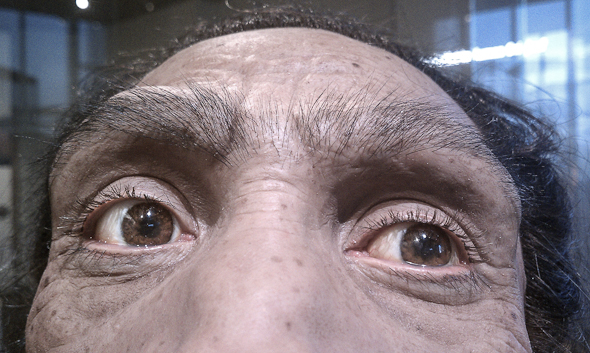
Meet the Homo Neanderthalensis, an extinct human species living during the late Pleistocene Epoch throughout most of Europe and parts of Asia and northern Africa and associated with Middle Paleolithic tools. The image was taken at the one of the current impressive exhibitions at the Smithsonian National Museum of Natural History in Washington, D.C.
You can read more about the Neanderthal culture here.
Photography
Visual Serendipity.
A true serendipitous moment. While walking in Dumbo I saw this unknown girl posing for her friend. I was able to snap only two pictures before they were gone. I have no idea what their shoot was about, but I loved the random geometries and the quality of the light.
Photography
Fascinating China.
The Atlantic consistently uses excellent photography, but their 41-image photo essay about China raises the bar to a new level.
“As China’s population and economy continue to grow, the country is scrambling to solve challenges in housing, elder care, cultural and political institutions, the environment, and other areas of everyday life. Today’s collection, a recent gathering of images from across the nation, covers a range of subjects from wheelchair dancers to bear bile farms, a monkey-controlled robot arm to a Tibetan exile protester who set himself on fire earlier today, and much more.”
Brew some coffee, and enjoy this cultural feast through outstanding imagery. The complete set is here.
